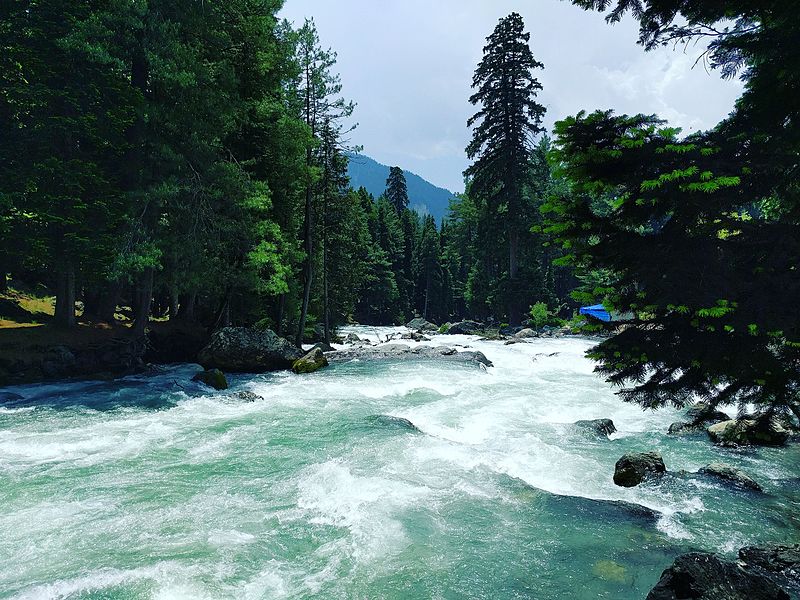India launched airstrikes early Wednesday on multiple locations in Pakistan and Pakistan-administered territory, marking a sharp escalation in one of South Asia’s most volatile rivalries. The strikes came just two weeks after a deadly attack on Hindu pilgrims in Indian-administered Kashmir, which left 26 people dead.
Delhi has blamed the Pahalgam attack on militant groups allegedly backed by Islamabad—a claim Pakistan strongly denies. Since then, sporadic artillery fire has been exchanged along the Line of Control (LoC), with each side accusing the other of initiating hostilities.
In the wake of rising tensions, both countries have expelled diplomats, closed portions of their airspace, and halted cross-border movements—reviving fears of a deeper conflict between the two nuclear-armed neighbours.
A history of wars rooted in Kashmir
To understand the current flare-up, analysts point back to the region’s complex post-colonial legacy. India and Pakistan have fought several wars—directly or indirectly linked to the contested territory of Kashmir.
1947–1948: The First Kashmir War
Soon after the British left the subcontinent, the princely state of Jammu and Kashmir—then ruled by a Hindu monarch despite its Muslim-majority population—became the flashpoint of the first India-Pakistan war. Thousands died before a UN-brokered ceasefire left the region divided.
1949: Promise of a plebiscite
The ceasefire agreement included a provision for a UN-supervised plebiscite to let the people of Kashmir decide whether to join India or Pakistan. That referendum has yet to take place, fueling decades of discontent.
1965: The Second Kashmir War
Pakistan attempted to infiltrate Indian-administered Kashmir, sparking a second war. It ended after international mediation, particularly by the Soviet Union and the United States, and resulted in the Tashkent Agreement, with both sides withdrawing to pre-war positions.
1972: Line of Control established
Following the 1971 war, the Simla Agreement formalized the ceasefire line in Kashmir as the “Line of Control” (LoC). Since then, this heavily militarized border has remained one of the world’s most dangerous flashpoints.
Wednesday’s airstrikes and Pakistan’s warning of a “timely and appropriate response” have brought renewed urgency to international calls for de-escalation. While both sides have avoided full-scale war in recent decades, experts warn that even a limited conflict in the Himalayan region could spiral out of control, with global consequences.


